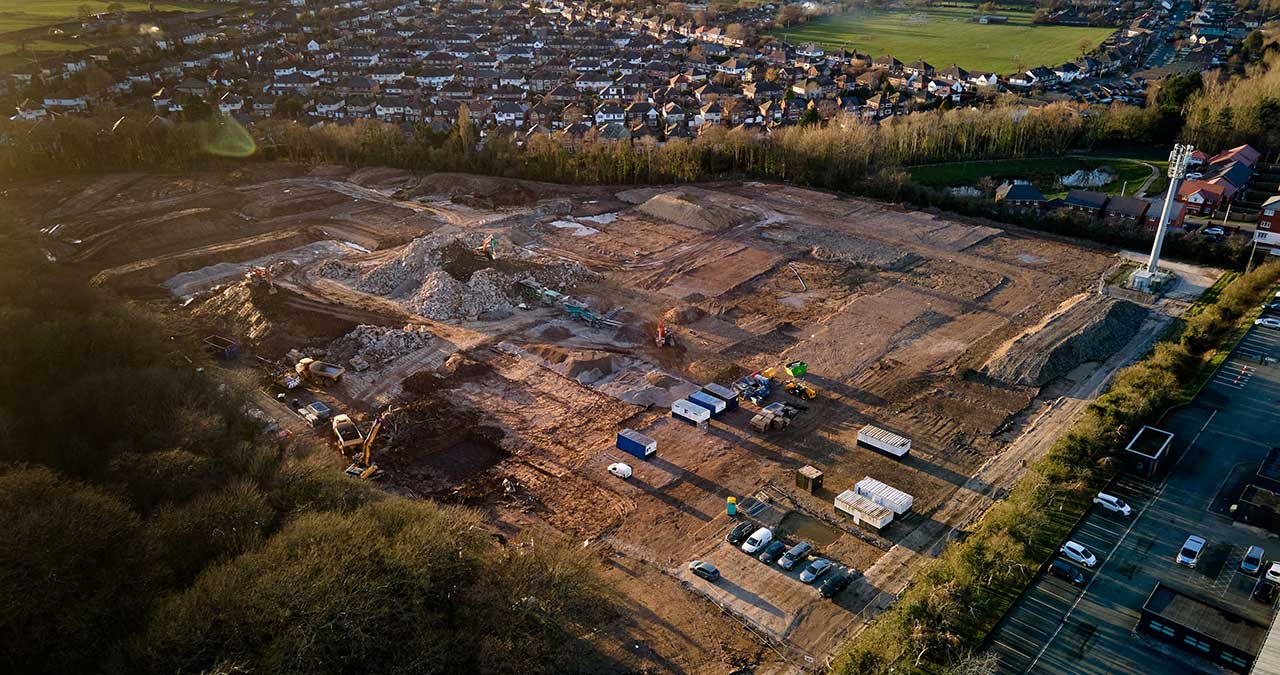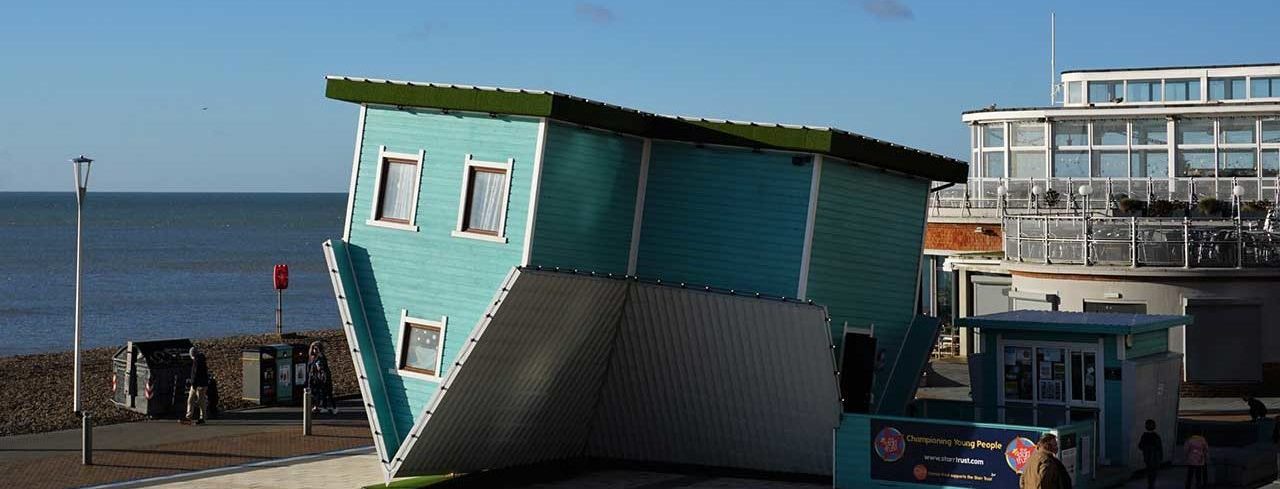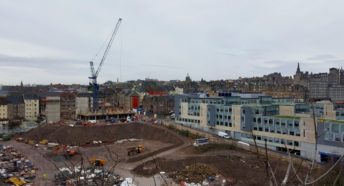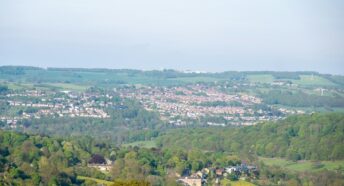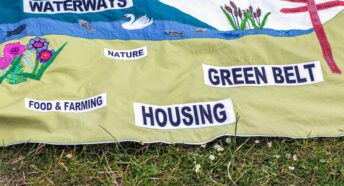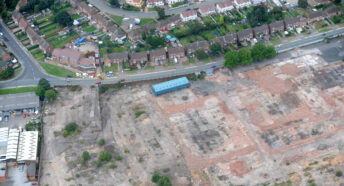An elephant called climate: three lessons from local planning
CPRE planning expert and reformed local planner Andrew Wood pauses to reflect on the experience of working on local plans while campaigning on climate change. Spoiler alert: frustration ahead …
2021 was a challenging year to be a planner who’d quite like to save the planet.
Our eagerly-awaited research on local plans and climate change is almost ready, and I’m excited to say it should be unleashed upon the world in 2022. In the meantime, I thought it would be useful to reflect on my experiences of appearing at umpteen local plan examinations over the past nine years and advocating for the climate.
This story is a monstrous hybrid of these, all shoehorned in and mushed together in my memory. Welcome to the inside of my brain.
It shouldn’t happen to a planner
It’s early morning in winter, the sun shyly standing on tiptoes for attention behind a fog-laden horizon. I’m driving over the Pennines for the first day of the hearings.
By that evening, snow will have taken hold, preventing my return home, and I will have inadvertently checked into the same small, friendly guest house that the Planning Inspector is holed up in. We will comically avoid each other like the woman in the dress and the man with the umbrella on those old Bavarian weather houses.
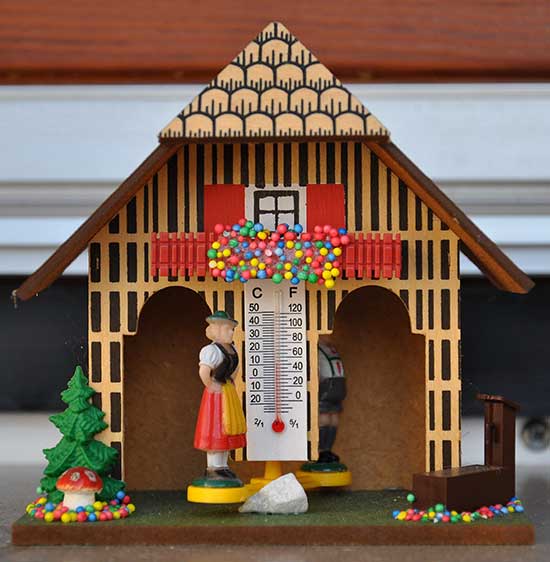
For now, though, I content myself with misjudging a hairpin bend, luckily evading a ditch and arriving harassed but alive and well for the morning’s proceedings.
The developers and land agents are ranged along the other side of the table. None of them are promoting brownfield sites. Early on, one of them accuses me of moral bankruptcy for objecting to greenfield housing allocations when people are desperately in need of homes.
I see red and, ignoring all my own advice about staying cool, riposte, that ‘people’s needs won’t be met until the government gets serious about making every new home genuinely affordable and zero-carbon and Mr [redacted] knows this as well as I do – and so do you, Inspector.’
My face throbs with hot adrenaline. The Inspector retreats into the weather house.
At the coffee break, the land agent confides in me, ‘It’s NPPF [the National Planning Policy Framework, which governs national planning rules] – it’s great for our business, we can make a boatload of money, but for the planning system it’s a [insert expletive] joke, a mess.’
‘No one else cares’
The following day, we have a hearing session devoted exclusively to climate change. I seize my opportunity to give the topic some airtime. There are three people in the room: the Inspector, the council’s sustainability officer, and me. That’s it. No one else cares.
Lesson number 1: When it comes to determining whether a particular greenfield site should be allocated or not, the climate agenda currently has little or no impact. But it should have impact, because a site’s location has the biggest influence on whether it can have a positive or negative outcome for the climate.
I resolve to make this an issue, and nine years later I’m still on that mission. For the enthusiastic, there’s further reading on what planning should be doing in the Royal Town Planning Institute’s publication.
‘This show has toured the country’
Since the weather house experience, this show has toured the country like an obscure theatrical production with a small, die-hard following and a wealthy, absentee patron. I turn up in different towns and greet the same jaded faces around the table, some with more expensive suits than others.
In one town, the venue is so cut off by a rabid dual carriageway that I arrive late and sweating because I helped a recent amputee get his wheelchair across seven different pedestrian crossings to cover about 50 metres.
Lesson 2: Ex-soldiers in wheelchairs are phenomenally heavy.
We should be designing places that are easier and safer for everyone to move around, and we have a long way to go. Most places are far too car-dependent, and that’s also bad for the climate. The excellent Transport for New Homes report, Garden Village Visions, highlights the car dependence of much new development.
‘An elephant called climate’
On another occasion, I fall into a deep depression, realising we’re stationed in a UNESCO World Heritage Site, and one of the pinnacles of urban planning, Saltaire, arguing the extent to which different nearby settlements will be treated to a dose of generic, characterless culs-de-sac.
Then there’s the eccentric Inspector who acknowledges each intervention with an enthusiastic ‘Thann! Queue!’ as if he’s learned English from watching Fry and Laurie’s Jeeves and Wooster adaptation.

But two things have remained constant across every performance of the show. One: a roomful of suits poring over the minutiae of housing numbers and site allocations.
Two: a clutch of between one and three participants trying their best to point out the glaring, huffing, stomping, farting elephant standing between the meeting table and the coffee corner (or, more recently on Zoom, appearing on-screen under the unlikely moniker ‘Julie’s iPad’). An elephant called Climate.
Is the problem too mammoth to solve? It may feel that way. Certainly, most council planning officers I’ve met are as keen to save the planet as I am, albeit they may have lost confidence in the prospects of success. In one examination last year, a council officer admitted, ‘If we were going to make climate a factor in assessing site allocations we’d have to start again and do a new plan’. Well, quite.
Lesson 3: The fear of being overrun by speculative housing applications means many councils are much more concerned with having any plan than having a good one.
This is a key reason why the climate struggles for attention in plan-making. Housing is an important aspect of plan-making but plans should be so much more than that, as our Joint Vision for Planning laid out.
Time for change
Government reforms to the planning system since 2012 have focused on two objectives: simplifying the system to make it easier to get planning permission, and boosting the supply of new housing by pursuing numerical targets which are supposed to be derived objectively from statistical evidence and formulae.
You can see why a task so complex and qualitative as making places better and more climate-resilient would fall foul of this supposedly streamlined aim of getting houses built.
Yet what’s really interesting is that the reforms have largely failed on their own terms. Plan-making has slowed to a crawl as councils get ensnared in number-crunching and tripped over by ever-shifting goalposts. And while the total numbers of housing completions have increased to a degree, this has masked a significant drop in the supply of affordable homes, thousands of un-built permissions, and a fall in the build rate on brownfield sites.
We can see, then, that the past 10 years of planning reforms have abjectly failed to fulfil their intended purpose. Focusing on numerical targets has done nothing to fix the housing problem, and it has squeezed out opportunities to consider the other really important stuff like, for instance, saving the planet.
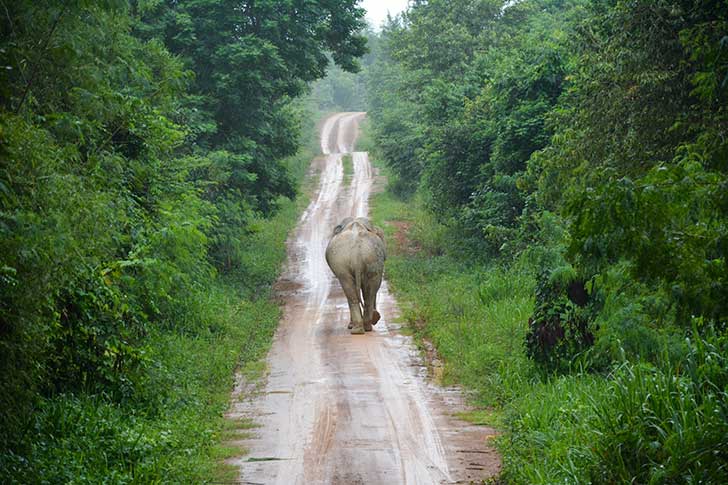
Perhaps a 2022 resolution that the government could make for the planning system would be to abandon its fixation with numerical targets and give planners some headroom to start doing what’s desperately needed and addressing the large, green elephant in the room: making sustainable places with zero-carbon buildings, genuinely affordable homes and reduced dependence on cars.
Then we’ll all be able to say a heartfelt ‘Thann! Queue!’.





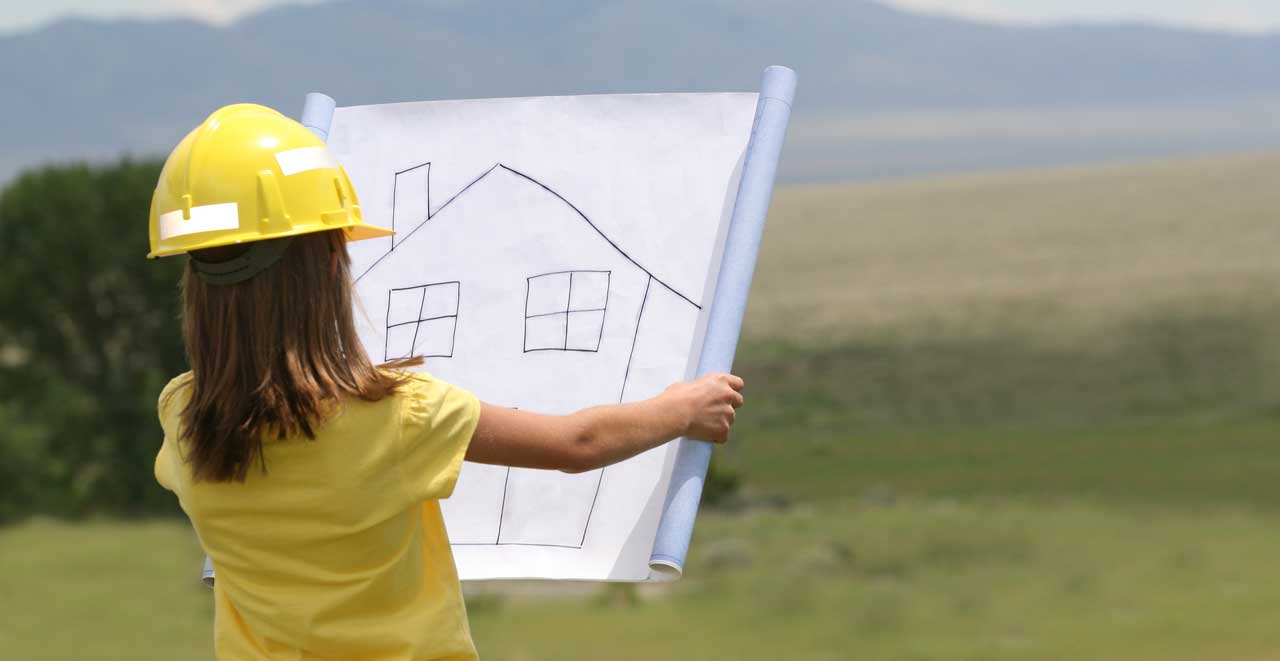
 12 min read
12 min read 